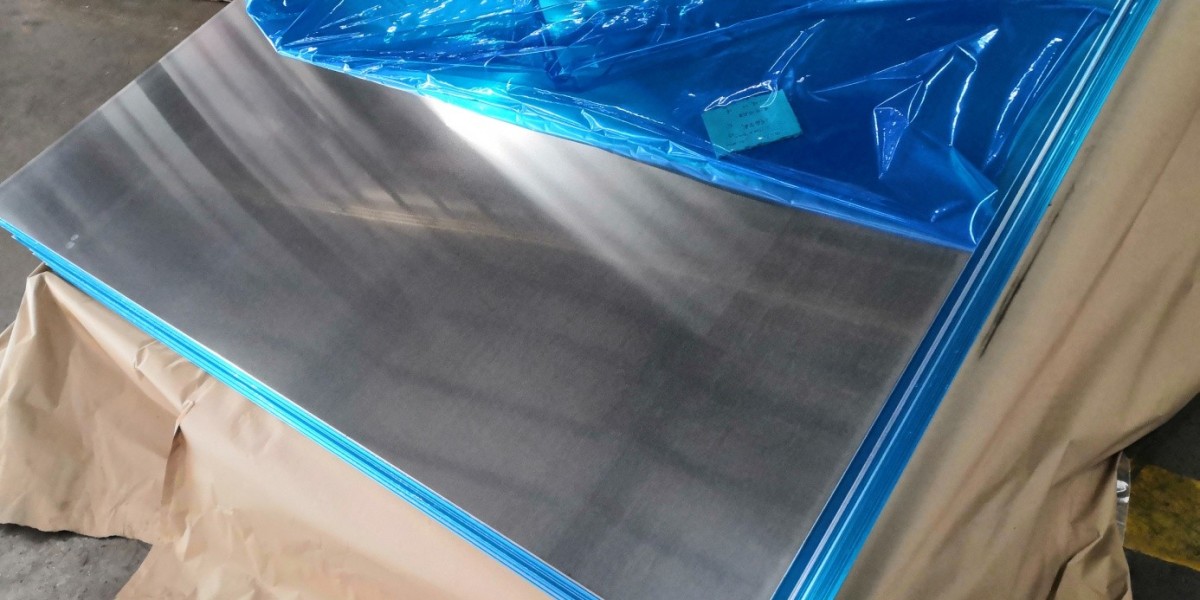Aluminum, a versatile and widely used metal, exhibits unique properties that make it indispensable in numerous industries. One key characteristic that influences its practical applications is its melting point. Understanding theMelting Point Of Aluminumis essential for various manufacturing processes, ensuring efficient and accurate fabrication. In this article, we delve into the significance of the melting point of aluminum, its properties, and its wide-ranging applications.
Properties of Aluminum:
Aluminum is a lightweight and highly malleable metal with excellent corrosion resistance. It possesses a high strength-to-weight ratio, making it an ideal choice for structural applications. Furthermore, aluminum has superb thermal and electrical conductivity, making it an essential component in electrical wiring, heat exchangers, and electronic devices.
Melting Point of Aluminum:
The melting point of aluminum, approximately 660.3 degrees Celsius or 1220.5 degrees Fahrenheit, is relatively low compared to many other metals. This characteristic allows for its easy transformation from a solid to a molten state. The low melting point of aluminum facilitates its processing in various industrial applications, reducing energy consumption and production costs.
Industrial Significance:
Casting and Foundry Applications:
The low melting point of aluminum enables the casting process, making it highly suitable for foundry applications. Aluminum casting finds extensive use in automotive, aerospace, and construction industries, allowing the production of complex shapes and designs with relative ease.
Extrusion and Forming Processes:
Extrusion involves the shaping of aluminum by forcing it through a die, while forming processes utilize heat to mold the metal into desired shapes. The low melting point of aluminum simplifies these procedures, allowing for the efficient production of extruded products such as profiles, tubes, and bars. Additionally, it facilitates the fabrication of intricate parts through various forming techniques, including rolling, bending, and stamping.
Welding and Joining:
Aluminum's low melting point is advantageous in welding and joining processes. The metal can be easily fused together using various methods such as gas metal arc welding (GMAW) or tungsten inert gas (TIG) welding. These techniques ensure strong and durable bonds between aluminum components in applications ranging from automotive manufacturing to structural constructions.
Heat Treatment:
Heat treatment processes, such as annealing and tempering, play a crucial role in enhancing the mechanical properties of aluminum alloys. The low melting point of aluminum allows for precise temperature control during these treatments, ensuring optimal results in terms of strength, hardness, and ductility.
Conclusion:
The melting point of aluminum, at approximately 660.3 degrees Celsius or 1220.5 degrees Fahrenheit, is a critical characteristic that influences its extensive utilization in various industries. The low melting point facilitates casting, extrusion, forming, welding, joining, and heat treatment processes, enabling the production of diverse aluminum products with ease and efficiency. As a lightweight metal with excellent mechanical and thermal properties, aluminum continues to play an integral role in modern manufacturing, construction, automotive, and aerospace sectors. Understanding and harnessing the properties associated with the melting point of aluminum are fundamental to unlocking its vast potential and applications.







